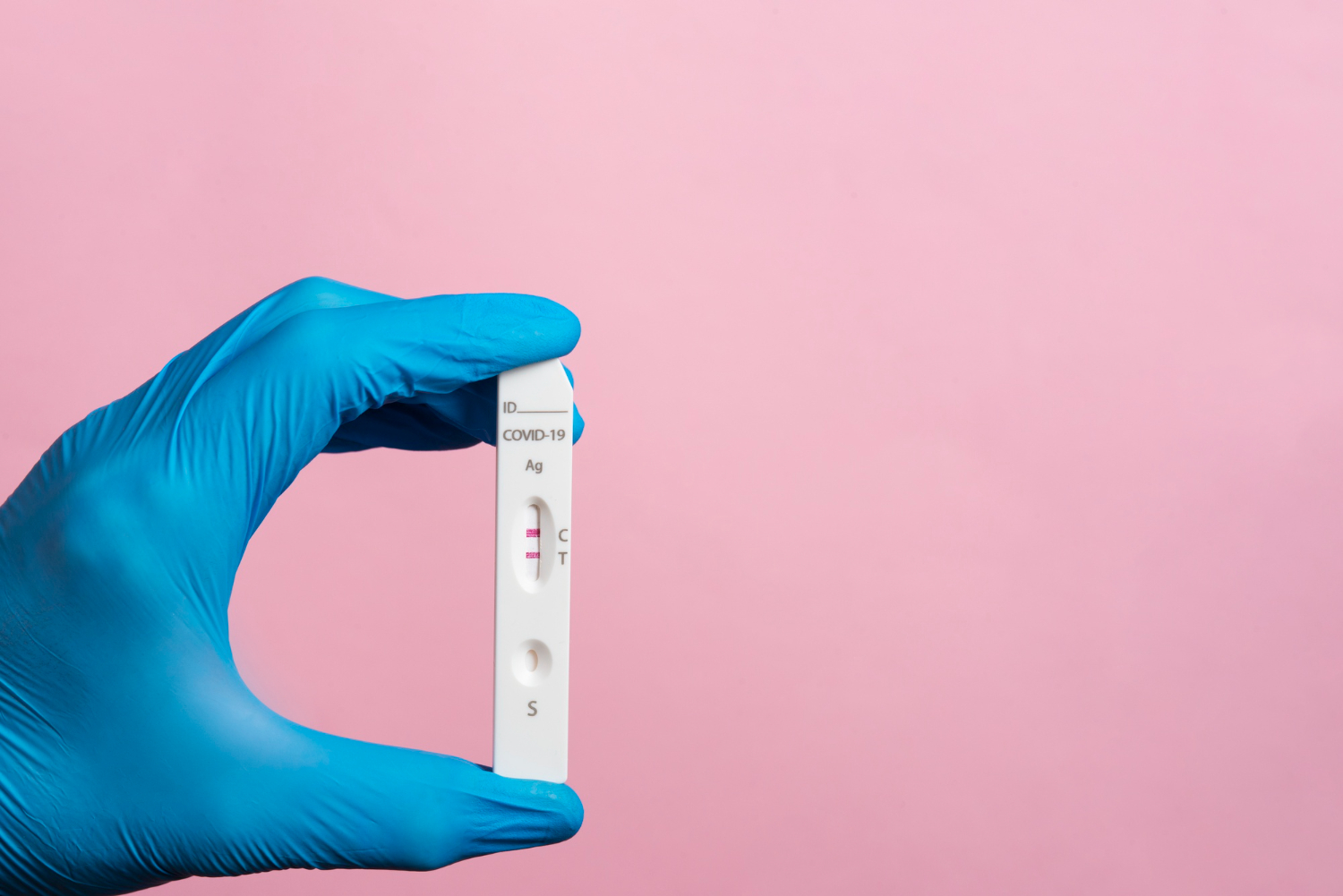
Managing COVID-19 at home has become easier with the advent of self-testing kits. Self-testing kits for COVID-19 offer a convenient and quick way to monitor your health without visiting a doctor or clinic. These tests can be a reliable tool if used correctly, although no test is perfect.
The accuracy of results can vary based on factors like the type of test and how well you follow the instructions. For instance, the Flowflex Lateral Flow Self-Test can provide results in minutes, making it a handy option for quick checks. While these kits may not be as precise as laboratory tests, they still provide a valuable first line of defence.
Reading and following the guidelines provided with your self-testing kit for COVID is important to getting the most accurate results. It’s worth noting that proper swabbing techniques and careful analysis are key to minimising errors. Remember, even a small step towards ensuring you’re infection-free can make a significant difference in managing the spread of the virus.
Table of Contents
Accuracy of Self-Testing Kits
Self-testing kits for COVID-19 provide a fast and convenient way to determine your infection status. To understand their reliability, it’s important to look at factors like sensitivity, specificity, different types of tests, and how various elements can influence accuracy.
Sensitivity and Specificity
Sensitivity measures how well a test can detect COVID-19 cases. High sensitivity means fewer false negatives. Specificity indicates how well a test identifies those without the virus, reducing false positives.
For example, some at-home tests have a sensitivity of 84.6% for positive cases and a specificity of 98.5% for negative cases. This means the test accurately detects most infections but can occasionally miss some or wrongly identify non-infected individuals.
Types of Self-Testing Kits
There are different types of COVID-19 self-testing kits, each with its own level of accuracy. PCR tests are known for their high accuracy but take longer for results. Rapid antigen tests, like Lateral Flow Tests, offer quick results, typically within 15 minutes, but may be less sensitive.
Lateral flow tests have become popular for their rapid detection abilities. They help you quickly determine your status, making them a necessary tool in managing COVID-19.
Factors Influencing Accuracy
Several factors can influence the accuracy of self-testing kits. Proper swabbing techniques are required; improper sample collection can lead to incorrect results. Storage conditions and the time elapsed since infection can also affect accuracy.
Another factor is the prevalence of the virus in your community. In areas with high infection rates, the chances of false negatives increase. It’s essential to follow the instructions closely and consider confirmatory testing if symptoms persist despite negative results.
Management and Usage
Properly using self-testing kits for COVID-19 at home requires careful attention to guidelines, timing, and interpretation of test results. Follow these steps to ensure accurate and useful outcomes.
Proper Usage Guidelines
When using a self-testing kit, start by reading the instructions thoroughly. Each kit might have slight differences. Wash your hands before handling the test materials to avoid contamination. Ensure all materials are laid out on a clean, dry surface.
Swab both nostrils gently, rotating the swab as you collect the sample. Insert the swab into the testing solution and follow the waiting times exactly. Always ensure the test components are used within their expiration date. Properly disposing of test materials is essential to avoid any potential spread of the virus.
Timing of Testing
Testing at the right time is necessary for accurate results. If you’ve been exposed to a COVID-19 case, test at least five days post-exposure. Early testing can lead to false negatives. For symptomatic individuals, test as soon as symptoms appear. If negative, repeat the test in a couple of days to confirm.
Regular testing might be needed during a COVID-19 outbreak. Following the manufacturer’s instructions about the best time to conduct the test ensures reliability and helps you manage your health better.
Interpreting Test Results
Understanding your test results correctly is important. A positive result means you likely have COVID-19 and should isolate and contact health services. A negative result means the virus was not detected, but tests can sometimes miss infections. If symptoms persist or you’ve been exposed, retest after a few days.
Reading the control line is essential for determining if the test worked. No control line indicates an invalid test. With new mutations of the virus, understanding test adaptability can help in choosing the best test kit. Always follow up with a healthcare provider if unsure about the results.
Conclusion
Self-testing kits for managing COVID-19 at home can provide quick and accessible results. They are useful for detecting both symptomatic and asymptomatic cases.
While these tests offer convenience, accuracy may vary due to swabbing techniques and user error. It’s important to follow instructions carefully to improve accuracy.
These kits can play a role in reducing virus transmission when used correctly. Always confirm with a healthcare provider if you receive a positive test result.
When used responsibly, at-home tests can be a valuable tool in managing and controlling the spread of COVID-19.


